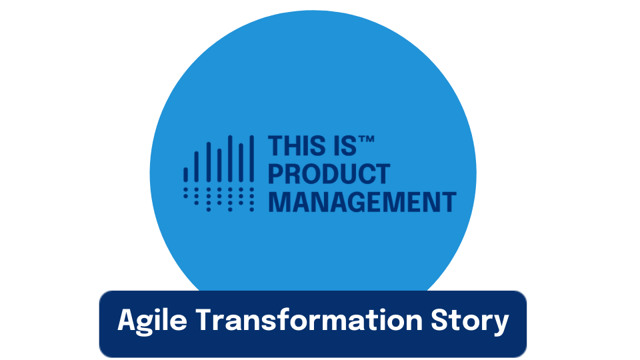Agile Transformation is Product Management

Andrea Schneider, Acting Director of Product Management at the IRS, and Lauren Gilchrist, Director at Pivotal Labs, share how they shifted the IRS from Waterfall to Agile development and reduced time to release from two years to nine weeks.
Before Andrea and Lauren started working together, releasing product updates at the IRS took an average of two years. Meanwhile, customer service costs were becoming a major problem and budgets for product management were shrinking. Andrea knew that in order to build a better product, they needed to incorporate feedback from users more frequently, and iterate quickly.
The IRS is not the only organization that’s faced these challenges. Almost every product leader I know wants to move faster and be more customer-focused. However, legacy process and culture, legal constraints, and well-intentioned but challenging internal stakeholders often stand in the way.
Andrea and Lauren overcame these hurdles and achieved some incredible results at the IRS. They shifted the IRS from a waterfall process where releases happened every two years to an agile process where releases happen every nine weeks - and they built a successful product that’s processed over $445 million in payments in the process.
They achieved this in a challenging and high-stakes environment. The IRS has strict legal constraints and their market is the entire country. To lead an initiative like this, Lauren emphasized the importance of having empathy for the work environment and the scope:
When you’re building software for the IRS it means you need to build something for 240 million American citizens so that they can understand it.
She added that if things don’t go to plan, you can face intense scrutiny from the public.
To achieve these results, Andrea and Lauren had to accommodate legal requirements, manage key internal stakeholders and get buy-in from senior executives at the IRS to get started in the first place.
Given that this was going to be a new process for the IRS, what Andrea and Lauren "asked at first was that [we] get all the stakeholders in a room and really try to define what success looks like and also what success doesn't look like, what are our anti-goals." They therefore "spent a lot of time educating upwards through executive ranks and downwards to the folks that were going to be on the ground, changing the way that they worked on a daily basis."
To get buy-in, Andrea recruited a champion from each of the teams in her organization and then went on a roadshow to get commitment at the executive level. She showcased prototypes and user stories and educated stakeholders about agile principles to help make her case and build trust in her approach:
We had to work pretty hard to explain to people that there was a big difference between proving something statistically, and being able to learn, just by talking to five people, whether or not what you were doing was hitting the mark. We invited a lot of people to watch our recorded user interviews, to help make that point, which led to a lot of a-ha moments from the stakeholders' perspective.
Stakeholder management didn’t stop once the project got started. Lauren provided transparency throughout the product lifecycle by demoing the product, sending out a status deck each week that included photos of the team in action, and sharing videos of user research sessions. Her status meetings generated so much buzz throughout the IRS that attendance grew from five to over 45 people.
Andrea emphasized the importance of making sure executives feel heard throughout the product lifecycle. Educating stakeholders about how they prioritize ideas and describing how their ideas could eventually be incorporated helped her keep everyone aligned.
If you’re trying to change how your team works, you’ll learn a lot from Andrea and Lauren.
Here are the highlights:
- Andrea describes how she got buy-in from senior leaders at the IRS to shift from waterfall to agile (9:40)
- Lauren breaks down how she managed relationships with stakeholders throughout the product lifecycle (16:15)
- Andrea and Lauren describe how they navigated legal constraints (26:05)
- Andrea and Lauren discuss the outcomes they’re most proud of achieving in their project (31:20)

Subscribe now!
Get our new reports, case studies, podcasts, articles and events
